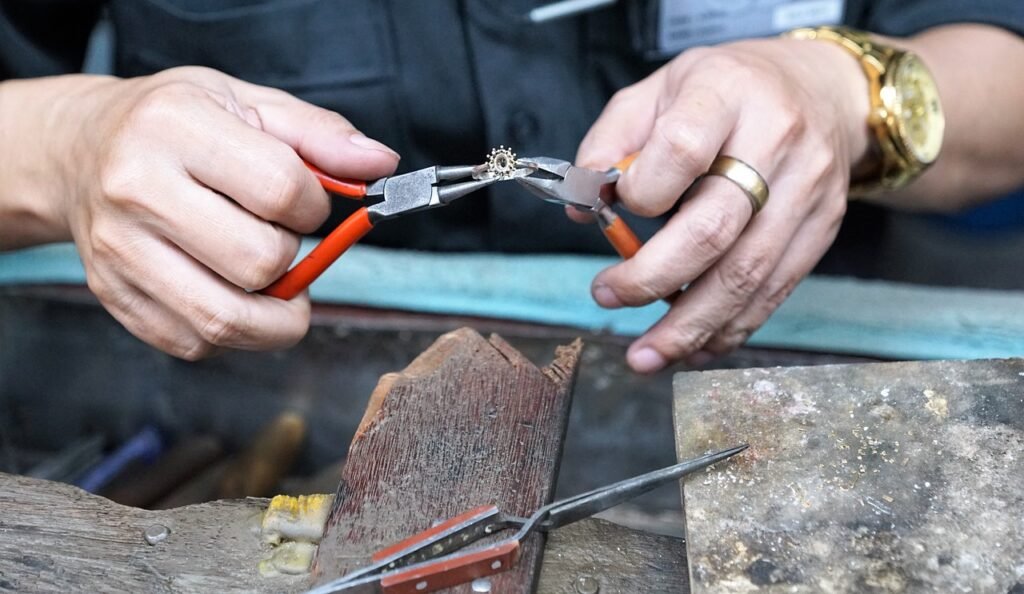Pliers are essential tools in various trades and DIY projects. They are versatile hand tools used for gripping, bending, cutting, and manipulating materials. Understanding the different types of pliers and their specific uses can help you select the right tool for the job, ensuring efficiency and safety. This comprehensive guide explores the various types of pliers, their features, applications, and maintenance tips.
1. Introduction to Pliers
Pliers are hand tools designed with a pair of jaws that are operated by handles. The primary function of pliers is to grip objects, but different types of pliers have been developed to perform specialized tasks. They are commonly used in industries such as electrical work, plumbing, jewelry making, and automotive repair.
2. History of Pliers
Pliers have been used for thousands of years, with evidence of their use dating back to ancient Egypt. Early pliers were made of bronze and were used for gripping hot objects, such as blacksmiths’ workpieces. Over time, pliers evolved in design and material, becoming more specialized for various tasks.
3. Basic Components of Pliers
Understanding the basic components of pliers helps in identifying their specific uses. The main components include:
- Handles: The parts held by the user, often covered with a non-slip material for better grip.
- Jaws: The working ends that grip, cut, or manipulate materials.
- Pivot Point: The fulcrum that allows the jaws to open and close.
4. Types of Pliers
4.1. Slip-Joint Pliers
Slip-joint pliers are versatile tools with adjustable pivot points that allow the jaws to open wider. They have two sets of teeth: one for gripping small objects and another for larger items. Slip-joint pliers are commonly used for general household tasks.
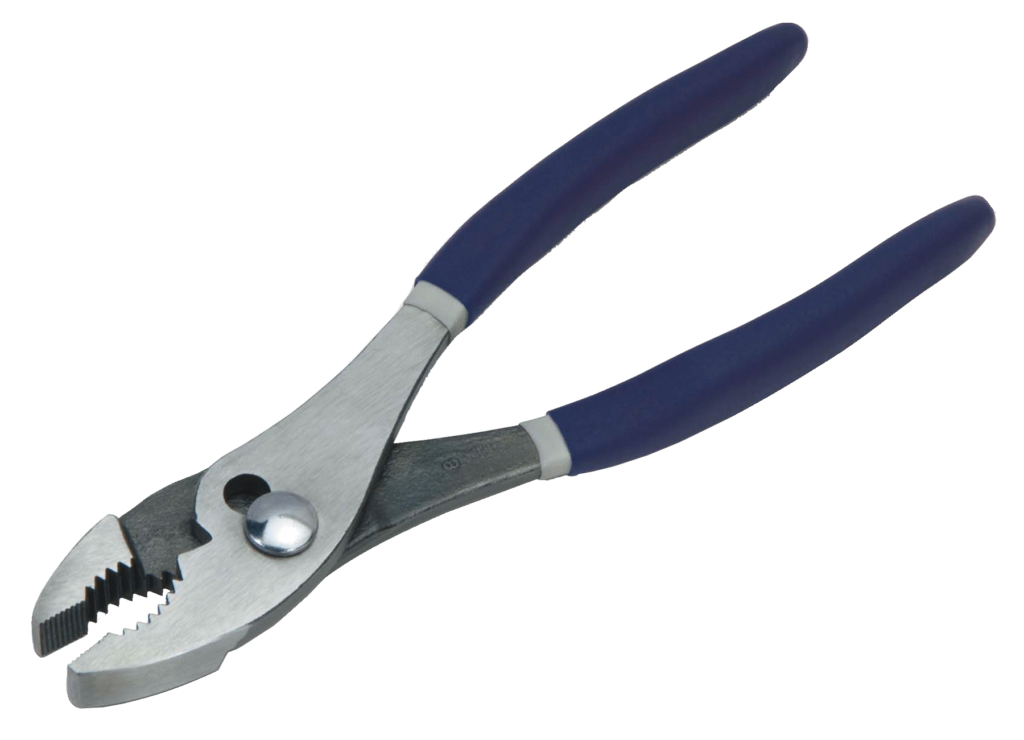
4.2. Needle-Nose Pliers
Needle-nose pliers have long, slender jaws that taper to a point. They are ideal for precision work, such as bending wire, holding small objects, and reaching into tight spaces. These pliers are commonly used in electrical work, jewelry making, and intricate assembly tasks.
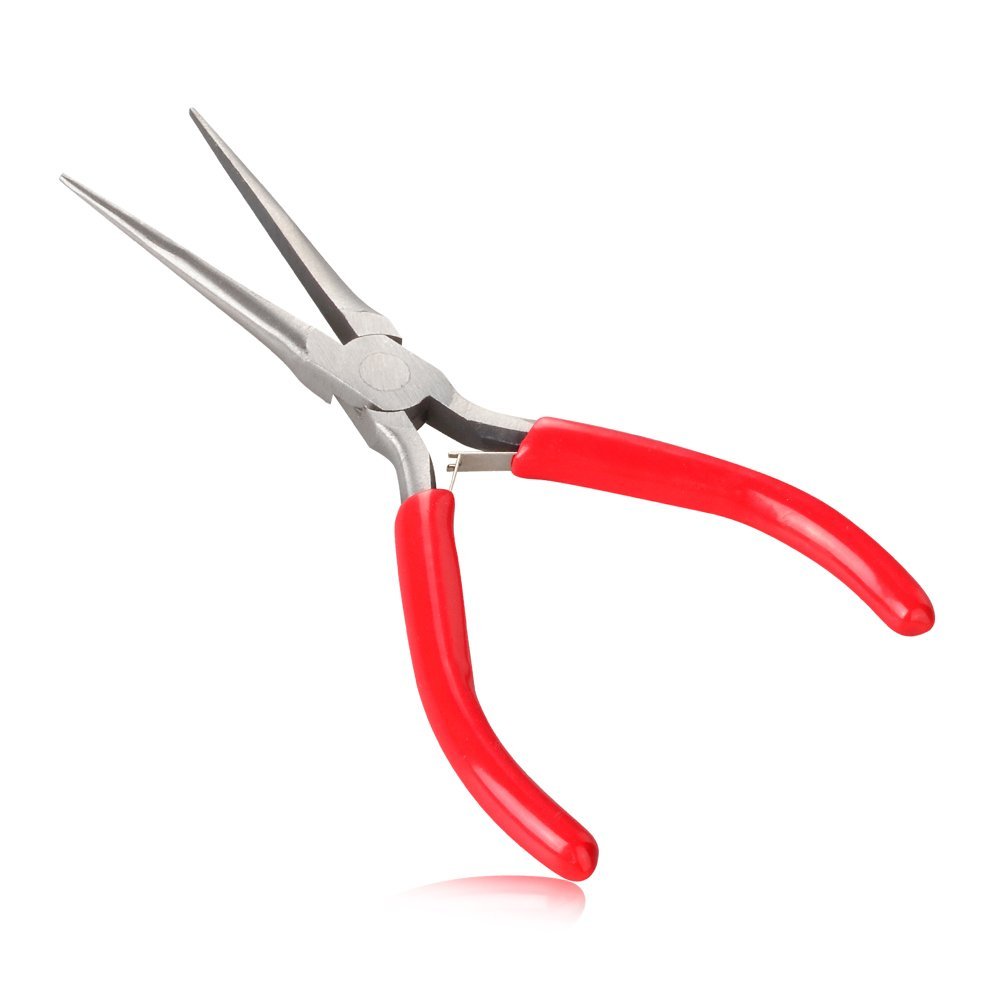
4.3. Diagonal Pliers (Wire Cutters)
Diagonal pliers, also known as wire cutters, have angled jaws designed for cutting wire and small pins. The cutting edges are sharp and meet at an angle, allowing for flush cuts. These pliers are essential in electrical work and crafting.

4.4. Lineman’s Pliers
Lineman’s pliers, also known as electrician’s pliers, are robust tools used primarily in electrical work. They have flat, serrated jaws for gripping, a cutting edge for cutting wire, and a crimping tool for crimping connectors. Lineman’s pliers are essential for any electrician’s toolkit.

4.5. Channel-Lock Pliers (Groove-Joint Pliers)
Channel-lock pliers, also known as groove-joint pliers, have adjustable jaws that can be set to different positions along a series of grooves. They provide a strong grip on pipes, rods, and other cylindrical objects. These pliers are widely used in plumbing and automotive repair.
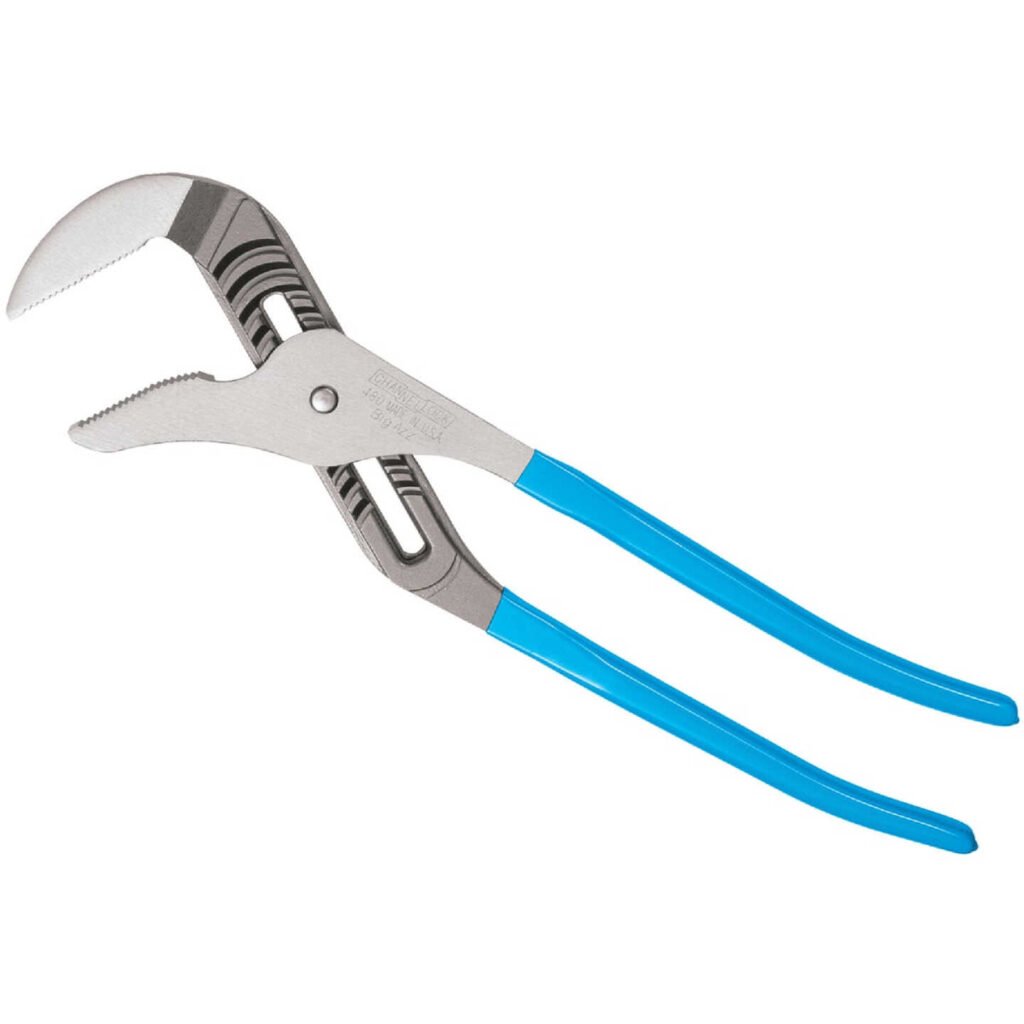
4.6. Locking Pliers (Vise-Grips)
Locking pliers, commonly known as Vise-Grips, have a locking mechanism that allows them to clamp onto objects with a strong grip. They can be used as a clamp, wrench, or gripping tool. Locking pliers are invaluable in situations where a third hand is needed.
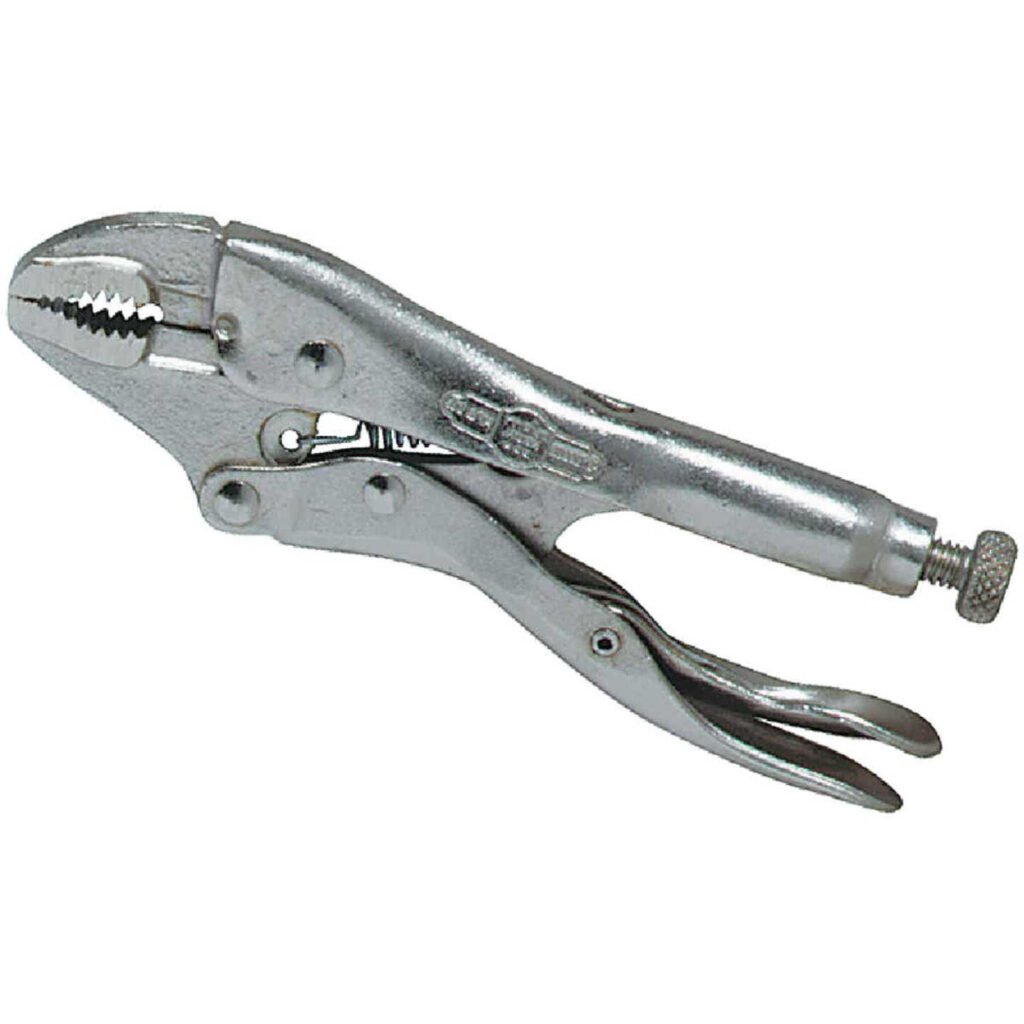
4.7. Bent-Nose Pliers
Bent-nose pliers have jaws that are angled at the tips, providing better access to hard-to-reach areas. They are often used in electronics, jewelry making, and intricate assembly tasks where precision is required.
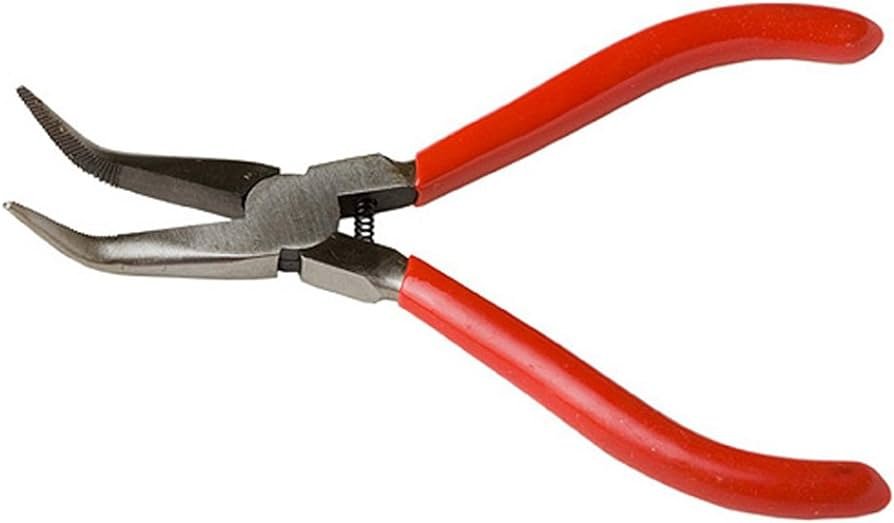
4.8. Round-Nose Pliers
Round-nose pliers have rounded, tapered jaws that are ideal for making loops and curves in wire. They are commonly used in jewelry making and crafts for creating eye pins, jump rings, and other wire components.

4.9. Flat-Nose Pliers
Flat-nose pliers have flat, wide jaws that provide a firm grip on flat objects. They are used in various applications, including bending wire, holding components in place, and making sharp bends.
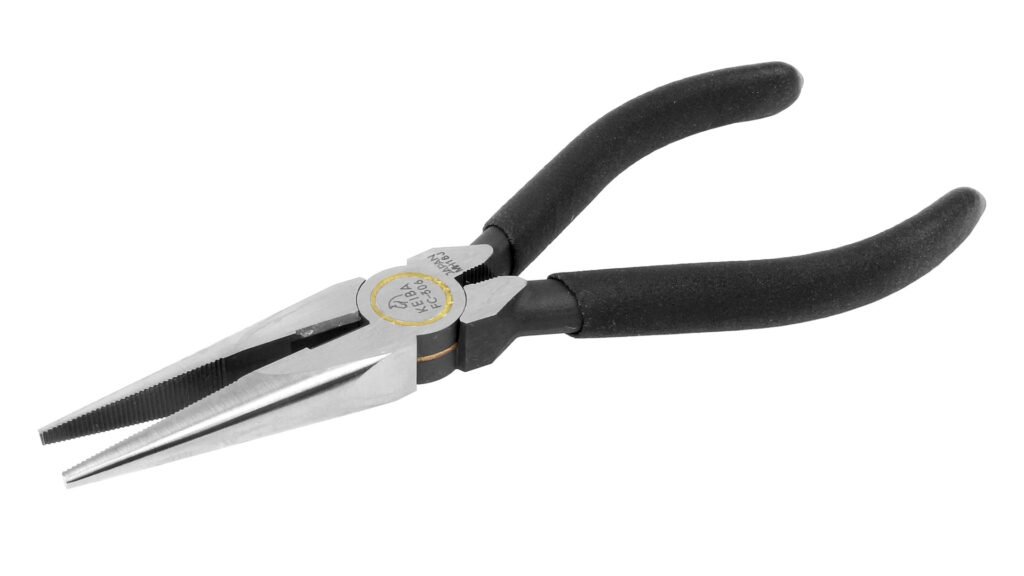
4.10. Crimping Pliers
Crimping pliers are specialized tools used to crimp connectors onto wires. They have specific dies that match the connector being used, ensuring a secure and reliable connection. Crimping pliers are essential in electrical and networking work.
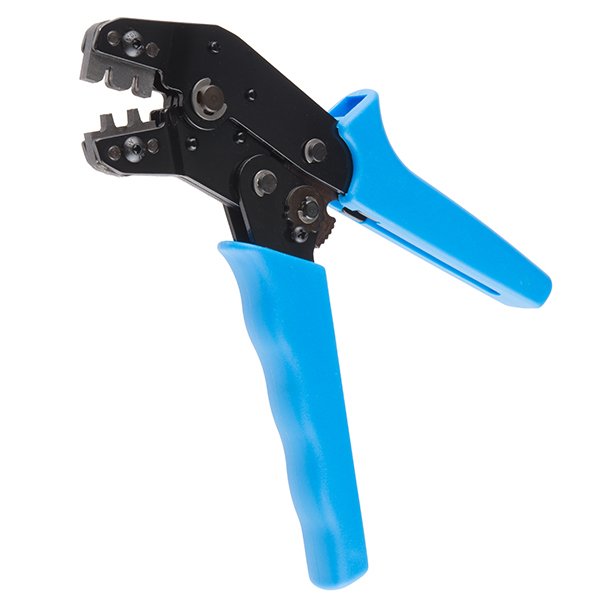
4.11. Hose Clamp Pliers
Hose clamp pliers are designed for installing and removing hose clamps. They have specialized jaws that grip the clamp and allow for easy adjustment. These pliers are commonly used in automotive and plumbing applications.
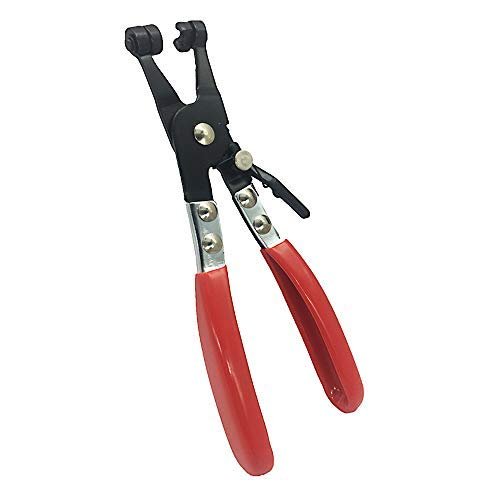
4.12. Fencing Pliers
Fencing pliers are multi-functional tools used in fence installation and repair. They have a combination of gripping jaws, wire cutters, and hammer faces. These pliers are designed to handle the various tasks involved in working with fencing materials.
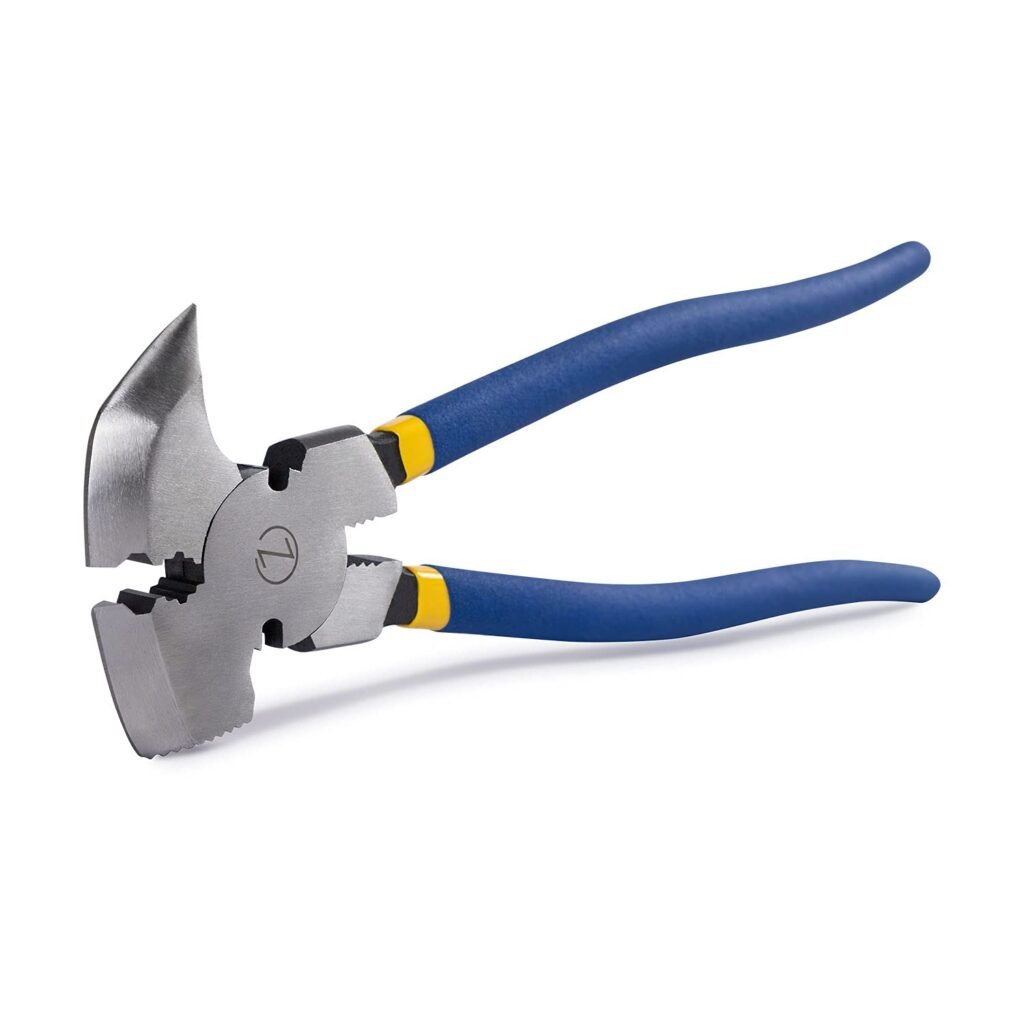
4.13. Split Ring Pliers
Split ring pliers have a pointed tip that separates the coils of a split ring, making it easier to attach keys, charms, or other items. They are commonly used in jewelry making and keychain assembly.
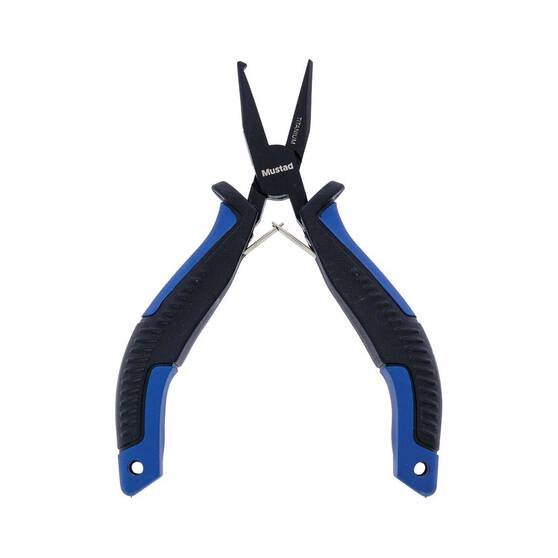
4.14. Fishing Pliers
Fishing pliers are specialized tools used by anglers for tasks such as cutting fishing line, removing hooks, and crimping leaders. They are made from corrosion-resistant materials to withstand exposure to water and salt.
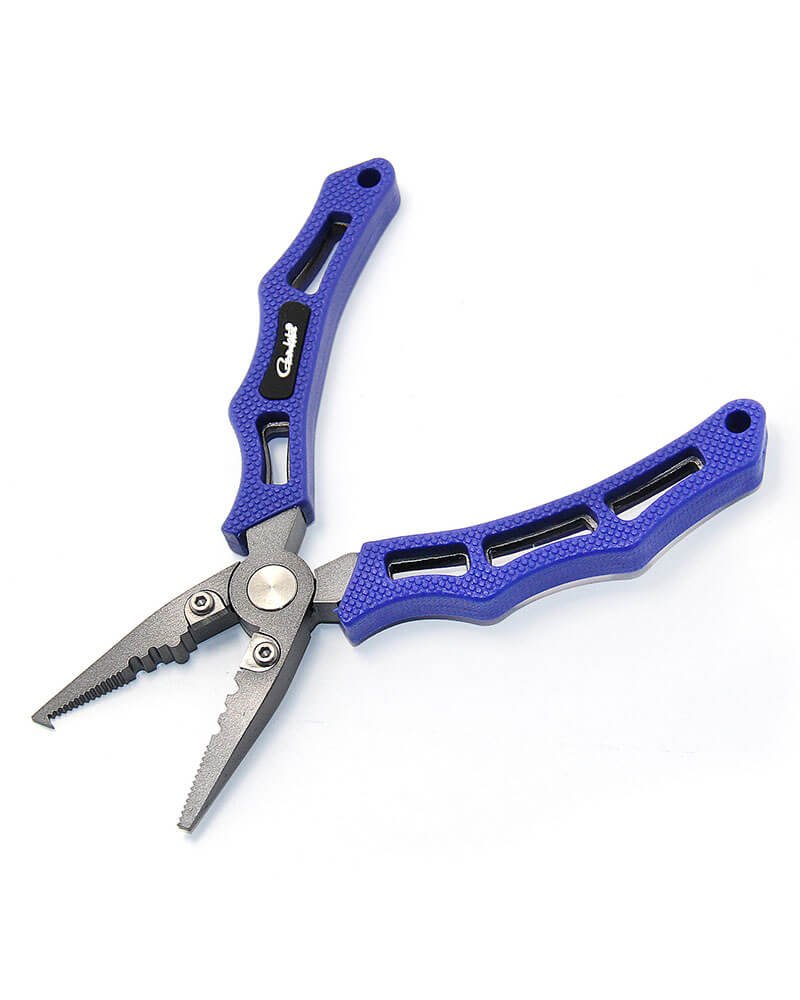
5. Specialized Pliers
In addition to the common types of pliers, there are specialized pliers designed for specific tasks. These include:
- Snap Ring Pliers: Used to install and remove snap rings or retaining rings.
- Battery Pliers: Designed for working with car battery terminals.
- Grommet Pliers: Used to install grommets in fabric and other materials.
6. Choosing the Right Pliers
Selecting the right pliers for a task involves considering several factors:
- Material: Pliers made from high-quality steel offer durability and strength.
- Handle Comfort: Ergonomically designed handles with non-slip grips reduce hand fatigue.
- Jaw Type: The shape and size of the jaws should match the task requirements.
- Cutting Edge: Sharp, durable cutting edges are essential for tasks involving cutting.
7. Maintenance and Care of Pliers
Proper maintenance and care of pliers ensure their longevity and performance:
- Cleaning: Regularly clean pliers to remove dirt, grease, and debris.
- Lubrication: Apply a light coat of oil to the pivot points to prevent rust and ensure smooth operation.
- Storage: Store pliers in a dry place, preferably in a toolbox or on a pegboard.
8. Safety Tips for Using Pliers
Using pliers safely is crucial to prevent accidents and injuries:
- Wear Safety Gear: Use safety glasses to protect your eyes from flying debris.
- Inspect Pliers: Check for damage or wear before use.
- Use the Right Tool: Select the appropriate pliers for the task to avoid damage to the tool and workpiece.
- Apply Controlled Pressure: Avoid using excessive force, which can damage the pliers or cause them to slip.
9. Common Applications of Pliers
Pliers are used in various industries and applications:
- Electrical Work: Stripping, bending, and cutting wires.
- Plumbing: Gripping pipes, tightening fittings.
- Automotive Repair: Removing clips, cutting wires, crimping connectors.
- Jewelry Making: Bending wire, creating loops, setting stones.
- Crafting: Holding small components, cutting materials.
10. Conclusion
Pliers are indispensable tools in many trades and DIY projects. With a wide variety of types available, each designed for specific tasks, understanding their features and applications is essential. By choosing the right pliers, maintaining them properly, and using them safely, you can ensure efficient and successful completion of your projects.
